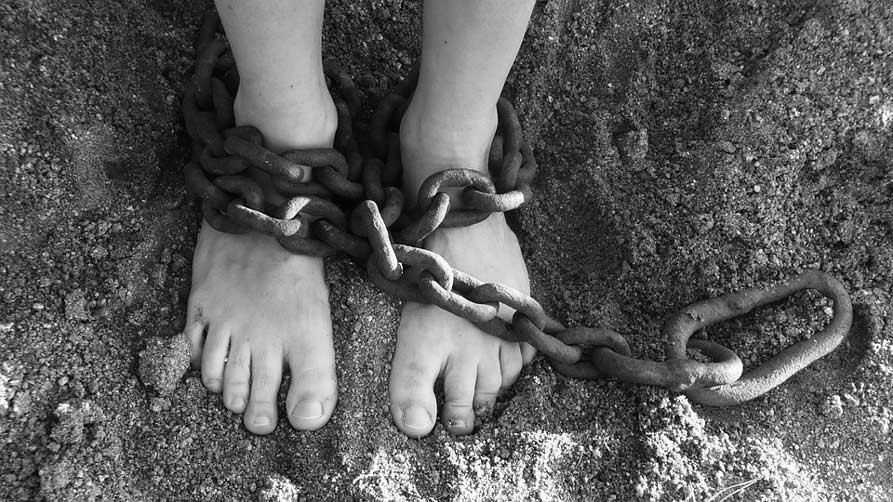Written correspondence can be a valuable and cost-effective way to keep in touch with someone who is incarcerated. If you’re trying to write to a prisoner, you’re undoubtedly wondering when the letters you send will be received. It’s a little more difficult to write letters to inmates than it is to send mail to persons outside of prison.

Now the biggest question is, how many letters can an inmate receive? Or how to know if an inmate receives your letter?
The offender will be able to check their mailbox or receive mail directly from the prison personnel once the mail has been inspected by the prison officials. In this article, we will talk about the exact timeframe and queries you might have in your mind with a proper solution. So, stay with us to know what you’ve been searching for!
What is the best way to write to an inmate?
All correspondence to inmates must be transmitted through the United States Postal Service. Other courier or delivery services’ correspondence will be rejected. Following are some ways you can ensure a proper way to write-
- Routine mail-in boxes, padded envelopes, plastic bags, multi-layer wrapping, envelopes with metal parts, any parcel containing bubble wrap or packing peanuts, or card stock type envelopes will not be accepted by inmates (i.e. U.S. Mail Priority or U.S. Mail Express cardboard type).
2. Always address your letters to the inmate’s committed name, DC number, and institutional address.
3. Locate the addresses of prominent institutions using the Facility Profiles. Work and Forestry Camps, Road Prisons, Work Release Centers, and Administrative Service Center addresses can all be found in the printed directory.
The envelope should be addressed as follows:
- Last name, initial name, and DC# of the inmate Institution name.
- City, State, Zip Code, Mailing Address.
For example-
Doe, John DC# 012456 Some Correctional Institution 1212 South Street Any Town, Florida 11111.
3. Unless the inmate has received previous written authorization from the warden to receive correspondence in another language, mail should be written in English or Spanish.
4. A designated department staff member opens, examines, and reads every routine mail sent to a detainee.
How does an inmate receive books, periodicals (magazines/newsletters), or other publications?
Inmates receive books, journals (magazines/newsletters), and other publications in a variety of ways. But there are some specific rules of course!
- Administrative Rule 33-501.401, “Admissible Reading Material” F.A.C., addresses the distribution of periodicals to inmates.
- Publications that depict or discuss the production or use of weapons, ammunition, bombs, chemical agents, or incendiary devices shall be rejected.
- Contains blueprints, sketches, descriptions of facilities, or maps that aid escape and depicts/encourage/describe methods of escape.
- Procedures for making alcoholic beverages or manufacturing pharmaceuticals or other intoxicants are depicted/described.
- Is written in a programming language.
How Long Does it Take for Inmates to Receive Mail?
Prison mail is processed in the same manner as ordinary mail. Within one to three days, the mail provider you use will deliver it to the correctional facility. The amount of time it takes will be determined by the sender’s and prison’s locations.

The prison’s security protocol may cause a delay in the process. All incoming mail, whether it’s a letter or a parcel, will be opened and inspected by the jail personnel. The letter will be passed to the convict, generally during a mail call, if no contraband or forbidden content is identified.
Due to the length of the process, there is always a backlog of mail to be reviewed. The date they receive the mail will be determined by how much mail the facility processes on a given day and how quickly the person can review it. Depending on the institution, the inmate could be held for as little as a day or as long as a week.
What Time of Day do Inmates get Mail?
Usually, inmates receive the mail just after they wake up from their bed, nearly 7 to 8 o’clock.
Mails can come to jail at any time. But as per the regulations, prisoners only will receive those in the morning. But make sure you include some criteria if you don’t want your mail to get rejected. Such as the inmate’s booking and jail identification.
Your mail will be returned if these numbers are not put on the front of all envelopes. Make sure all letters are addressed to the inmate’s name as it appears on his or her bracelet. If you don’t know the Booking JID numbers of the inmates to whom you’re writing, you can check them up on the Sheriff’s website using the “Inmate Locator” tool.
Conclusion
You can begin crafting your letter once you’re certain you’ve located the inmate’s current location. Because there are so many restrictions governing the format and length of your letter, it could be easier to delegate the process to an online platform. We have already concluded all the major aspects that might interrupt you in this term. If you still are confused, do let us know!












